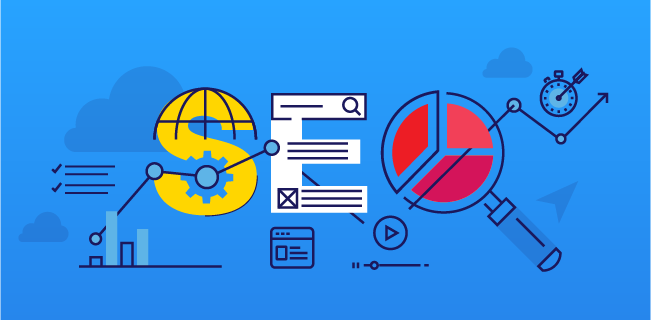Deciphering Non-default Mediums in Google Analytics: Beyond the Basics of SEO
Believing Outside package: Leveraging Unconventional Tools to Maximize Google Analytics Efficiency
In the realm of digital advertising, the quest for enhanced Google Analytics efficiency has come to be a strategic important for organizations looking for to fine-tune their on the internet existence. By discovering unconventional tools as methods of information collection, a new world of opportunities emerges.
One-of-a-kind Data Sources

Social media platforms supply useful data on customer demographics, rate of interests, and engagement metrics, permitting businesses to determine the efficiency of their social media projects and optimize content for better performance. By leveraging these distinct data sources, organizations can improve their strategies, improve targeting efforts, and enhance overall Google Analytics performance.
Social Media Site Insights

In addition, social networks analytics tools make it possible for companies to track key performance indicators, display project performance, and measure the impact of their online activities. Understanding the demographics of fans, recognizing prominent web content styles, and reviewing engagement levels can aid organizations tailor their advertising and marketing methods for much better outcomes.
Offline Advertising And Marketing Integration
Integrating offline advertising and marketing strategies with digital analytics can improve overall project efficiency and offer a more thorough understanding of consumer actions. what is not considered a default medium in google analytics. By bridging the void between online and offline initiatives, organizations can track the influence of conventional marketing networks such as print ads, TV commercials, straight mail, and events on their on the internet existence

In addition, directory carrying out call radar for offline advertising and marketing activities enables companies to capture valuable information on client questions created via printed advertisements or materials (what is not considered a default medium in google analytics). By assessing telephone call data together with on the internet metrics in Google Analytics, businesses can acquire deeper understandings into the client journey and optimize advertising and marketing techniques for better performance throughout all networks
IoT and Wearable Modern Technology
Using IoT and wearable modern technology in digital analytics can revolutionize information collection and customer understandings for organizations seeking a deeper understanding of customer habits patterns. Wearable innovation, such as smartwatches or fitness trackers, can provide understandings right into individual tasks, health metrics, and also area data.
Gamification Techniques
The execution of gamification approaches in electronic analytics provides a cutting-edge approach to improving user interaction and driving actionable understandings for businesses. By including game-like components such as factors, badges, leaderboards, and compensates into the analytics interface, companies can encourage customers to communicate much more regularly and meaningfully with the data.
Gamification urges individuals to explore various attributes of the analytics system, uncovering valuable insights that could have or else gone undetected. Via interactive challenges and progress tracking, customers are incentivized to delve deeper right into the information, causing raised time invested in the system and a higher official website chance of discovering vital trends or patterns.
Moreover, gamification can promote a feeling of competitors amongst individuals, spurring them to strive for higher performance and involvement degrees. This affordable spirit can drive raised individual adoption prices and a much more detailed use of the analytics devices readily available. Inevitably, by leveraging gamification techniques in digital analytics, services can develop a more appealing and efficient environment for customers, resulting in more educated decision-making and improved general performance.
Final Thought
Finally, leveraging unconventional tools such as distinct data sources, social media understandings, offline advertising and marketing assimilation, IoT and wearable innovation, and gamification approaches can enhance Google Analytics efficiency. By thinking outside the box and discovering these different sources of data, companies can get important understandings and enhance their total marketing techniques. It is very important for business to constantly discover brand-new means to gather information and assess it in order to stay ahead in the ever-evolving electronic landscape.
By integrating information from sources such as customer partnership administration (CRM) systems, social media systems, and email advertising and marketing campaigns, organizations can get an extra extensive understanding of their target market habits and engagement patterns. Social media systems supply important information on individual demographics, passions, and involvement metrics, allowing services to evaluate the effectiveness of their social media projects and maximize content for much better performance. By leveraging these unique data sources, businesses can improve their techniques, enhance targeting efforts, and improve total Google Analytics performance.
Exploring social media understandings Continue can supply businesses with valuable data on user demographics, interests, and involvement metrics, permitting for informed decision-making and strategic optimization of advertising and marketing initiatives. By thinking outside the box and discovering these different sources of data, companies can obtain important understandings and boost their general advertising and marketing techniques.